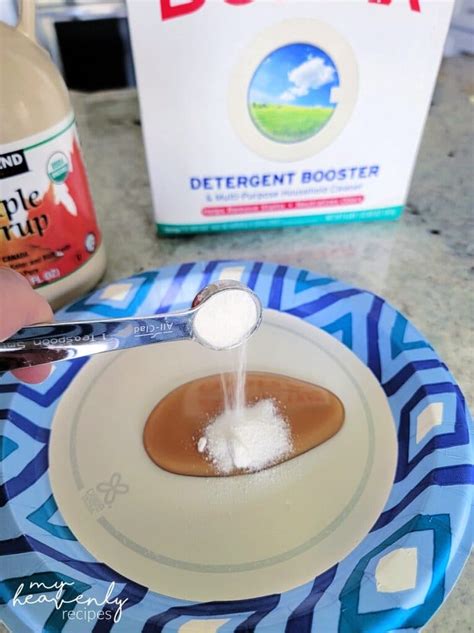Borax Ant Killer Recipes: Effective and Safe Ant Control
Ants invading your home? Don't resort to harsh chemicals! Borax, a naturally occurring mineral compound, offers a safe and effective way to eliminate ant infestations. This guide explores several borax ant killer recipes, providing you with the knowledge to choose the best method for your situation. We'll cover how to prepare these solutions, where to place them, and safety precautions to ensure both effectiveness and safety for your family and pets.
Understanding the Power of Borax Against Ants
Borax, also known as sodium borate, is a powerful insecticide that dehydrates ants, ultimately leading to their demise. Ants are attracted to the sweet components in the recipes, consuming the borax unknowingly. The borax then interferes with their digestive system, resulting in their death. Crucially, it's less harmful to pets and humans than many commercial ant killers when used responsibly.
Simple Borax Ant Killer Recipes:
Here are a few effective recipes, catering to different preferences and situations:
Recipe 1: Sugar and Borax Ant Bait
This is a classic and highly effective recipe:
Ingredients:
- 1 cup sugar
- 1 cup water
- 1 tablespoon borax
Instructions:
- Boil the water.
- Add the sugar and stir until fully dissolved.
- Remove from heat and stir in the borax until dissolved.
- Pour the mixture into small, shallow containers (lids from jars work well).
- Place the containers near ant trails and nests. Avoid placing them where children or pets can easily access them.
Key Considerations: This recipe works best as a bait, attracting ants to consume the mixture. Replace the bait as it gets depleted or contaminated.
Recipe 2: Borax and Peanut Butter Ant Bait
This recipe is particularly effective for attracting ants that prefer a protein source.
Ingredients:
- 1/4 cup peanut butter (smooth or crunchy)
- 1 tablespoon borax
Instructions:
- Thoroughly mix the peanut butter and borax.
- Create small balls or spread the mixture thinly onto small pieces of cardboard or paper.
- Place the bait near ant trails and nests. Keep out of reach of pets and children.
Key Considerations: The peanut butter provides a strong attractant. Monitor regularly and replace as needed.
Recipe 3: Borax and Honey Ant Bait
Honey's strong sweetness makes it another irresistible attractant for ants.
Ingredients:
- 1/4 cup honey
- 1 tablespoon borax
Instructions:
- Thoroughly mix the honey and borax.
- Apply the mixture to small pieces of cardboard or cotton balls.
- Place the bait near ant trails and nests. Ensure it's inaccessible to children and pets.
Key Considerations: This bait is highly effective but can be sticky. Choose a placement location carefully.
Placement and Safety Precautions:
- Strategic Placement: Identify ant trails and place the bait near these areas, ideally close to the nest entrance if you can locate it.
- Multiple Bait Stations: Using several small bait stations is more effective than one large one. This encourages more ants to feed and carry the poison back to the nest.
- Out of Reach: Keep all borax ant bait solutions away from children and pets. Borax is toxic if ingested in large quantities.
- Ventilation: Ensure proper ventilation when mixing the solutions.
- Clean Up: Once the ant infestation is controlled, thoroughly clean up any remaining bait.
When to Consider Professional Help
While borax ant killer recipes are effective for many infestations, persistent or severe ant problems might require professional pest control services.
Conclusion: Natural Ant Control with Borax
Borax offers a safe and effective natural alternative to harsh chemical ant killers. By following these recipes and safety precautions, you can effectively control ant infestations in your home while minimizing risks to your family and pets. Remember to always prioritize safety and monitor the effectiveness of the bait. Consistent application and proper placement are key to success.

